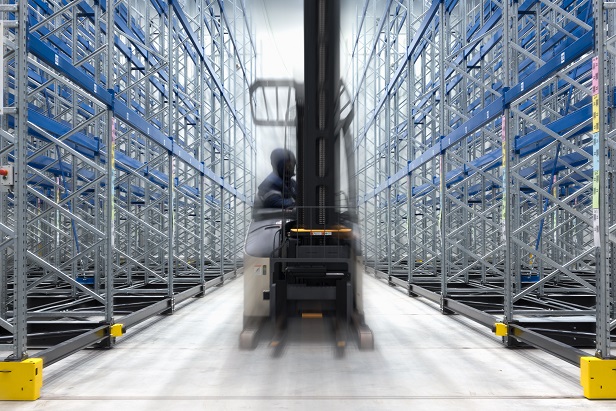Right now, there are nearly 400 vaccines for Covid-19 in development. When some of those are approved for widespread use, they’ll need to be stored and distributed from temperature-controlled spaces.
Companies are already lining up giant cold storage facilities, also known as freezer farms, to securely store millions of vials of a vaccine, according to a new report from JLL.
For instance in August, UPS announced it was building a freezer farm in Louisville, Ken., and another in the Netherlands to rapidly distribute the vaccine across the globe.
But that is only the beginning. Peter Kroner, investor research, Industrial, JLL, expects to see an increase of hundreds of thousands of square feet of cold storage worldwide to meet demand.
To store vaccines, the freezer farms would require “specific, ultra-low temperatures, and spaces large enough for hundreds of custom, wheeled freezer boxes capable of maintaining -180 degrees Fahrenheit,” according to JLL.
Since vials of COVID vaccines will initially be transported by air freight, cold-storage space will need to have proximity to airports, according to Kroner. While these facilities near airports are more expensive, he says the product’s high value will offset the higher cost.
To monitor and ensure constant temperatures in these cold-storage facilities, warehouse operators will rely on automation.
“Time is of the essence here, and the right automation equipment, in the right cold storage environment, can literally save lives,” said Mehtab Randhawa, director, Industrial Research, JLL Americas.
Right now, the nearly 250-million square feet of US cold-storage space represents 1.8 percent of the total US industrial inventory. Vacancies in cold storage assets have remained below 10% for almost 20 years, according to JLL. During the pandemic, the need for cold-storage warehouse space increased as online grocery shopping grew more popular.
Obsolete Inventory
But this increasing demand is coming up against a great deal of obsolete inventory. More than 78% of the current cold storage stock was built before 2000, and much of it is considered obsolete or inefficient. Today, cold storage tenants need 40-to-50-foot ceiling heights and maximum space for stacking and racking products. These features generally come with new development properties.
But filling this gap with new product isn’t easy. Because of the cost and complexity of constructing temperature-controlled storage facilities, developers are not building enough to meet that demand.
A cold storage or freezer facility costs $130 to $180 per square foot to develop, while a traditional warehouse space only costs $70 to $90 per square foot to produce.
